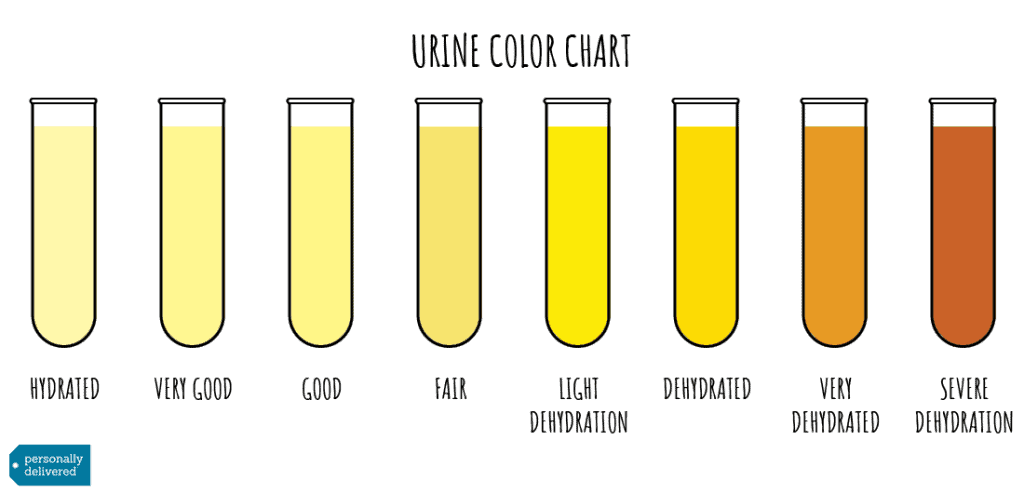Urinary incontinence is not a topic that many people like to discuss if they are experiencing loss of bladder control. And, because of the subject’s sensitivity, incontinence isn’t brought up as often as it should when we visit our doctors. Not discussing incontinence can lead to misconceptions about it and interfere with proper treatment and management of this condition.
The fact is, far more people experience incontinence than most would expect. We will address some of the most common myths about incontinence and lay down the facts.
Myth #1: Incontinence is only for the elderly.
 This myth could not be further from the truth. This myth also leads people to prolong treatment, thinking that incontinence is just part of aging. Obesity, nerve damage, prostate problems, childbirth, and anxiety are all contributing factors that can cause urinary incontinence.
This myth could not be further from the truth. This myth also leads people to prolong treatment, thinking that incontinence is just part of aging. Obesity, nerve damage, prostate problems, childbirth, and anxiety are all contributing factors that can cause urinary incontinence.
If you start to notice symptoms of urine leaks that you can’t control, speak to your doctor. They will help determine the best treatment plan before the condition becomes worse.
Myth #2: Drinking less fluids will stop the leaks.
According to the National Association for Continence, urine becomes more concentrated the less one drinks water. Limiting fluid intake can irritate the bladder and possibly worsen incontinence. Drinking an adequate amount of fluids and allowing two hours between bathroom breaks helps keep urine diluted and maintain bladder capacity.
This handy urine color chart can help determine whether or not you are drinking enough fluids.

Myth #3: Incontinence briefs and pads are expensive.
Purchasing incontinence briefs and diapers, liners and pads, protective underwear, or other incontinence products doesn’t have to break the bank. If you correctly measure yourself for incontinence briefs or other protective products, you will ensure you get the right size for your absorbency needs. Getting the correctly sized incontinence product means you will experience fewer leaks and longer wear time.
Plus, when you purchase incontinence briefs, pads, protective underwear, or any other medical supplies from Personally Delivered, they are delivered directly to your home in discreet packaging. No one will even know what you are receiving.
Myth #4: The only option to fix incontinence is surgery.
 There are many other non-surgical options to manage urinary incontinence. Assuming that incontinence can only be fixed by invasive surgery is one of the many myths out there today.
There are many other non-surgical options to manage urinary incontinence. Assuming that incontinence can only be fixed by invasive surgery is one of the many myths out there today.
Behavioral therapy treatments, lifestyle modifications, exercises, and new technologies can be used to treat urinary incontinence. Some examples of these are:
- Kegel exercises can help build muscle control
- Dietary changes like decreasing caffeine and alcohol
- Bladder training can help increase the time between bathroom breaks
- Prescribed medication by a doctor may help with bladder muscle control
After all other treatment options have failed, surgery for incontinence should be the last resort.
Myth #5: Incontinence is for life.
All too often, those that suffer from urinary incontinence think that they will have it for the rest of their lives. The truth is, incontinence doesn’t have to be a lifelong condition for everyone. With the right treatment plan that your doctor determines is best for your unique situation, urinary and fecal incontinence can significantly improve or subside. There have been many success stories when patients receive an assessment and a carefully curated treatment plan from their physician.
With so many different incontinence products available today, one can manage their short-term or long-term incontinence needs at any phase of their treatment journey. Men and women have access to gender-specific incontinence briefs and diapers, protective underwear, pads, and more.
If you are experiencing loss of bladder or bowel control, know that options are available to help manage your condition. Although it may be an embarrassing topic, the very first thing you should do is speak to your doctor. You never know, when addressed quickly, this condition could be just temporary.
Shop incontinence briefs, protective underwear, pads, and more at Personally Delivered today! If you need assistance finding the incontinence products you are looking for, our Product Experts are just a phone call away. Take control of your urinary or fecal incontinence today!





